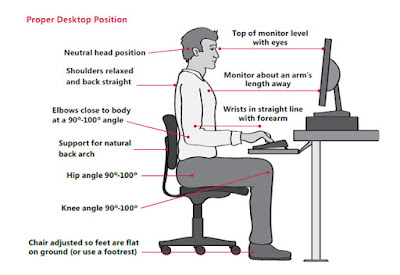It is the innate nature of scientists to solve one mystery and chase for another. So research in the field of science never comes to an end.
This is exactly what happened in the year 2000 when the Human Genome Project, which started in 1990 to understand the mapping of human genetic blueprints, was completed.
Scientists undertook a project of genome mapping of the closest animal to humans: “Chimpanzee”. The primary objective of this project was to find out what similarities between chimpanzees and human DNA have.
In particular, to clarify the question of why the intelligence of the chimpanzee, considered to be the most intelligent of non-human beings, did not reach the level of man.
About 2 million years ago after humans and chimpanzees were divided into two separate factions as descendants of the same ancestor, the human mind became fertile over time, while chimpanzees were left behind. The reason is lying in the genetic blueprint.
When the genome mapping of the chimpanzees was completed, it was discovered that from a biological point of view, the genetic blueprint, which could be called a biography, was written on 8 pairs of chromosomes.
These chromosomes contain about 2,500 genes, while the total alphabet in those genes is 4.5 billion. More importantly, scientists have found that the difference between a chimpanzee's genetic blueprint and that of a human is not more than 2 percent.
After one year of careful examination, very interesting findings came to light. Although the difference of two percent is not particularly big, it has differentiated between chimpanzees and humans in many aspects.
For example, odor-determining genes have abounded in chimpanzee blueprints. Humans have lost many of these genes after abandoning wildlife, so their sense of smell is weaker than that of chimpanzees.
The difference of two percent is also expressed in the disease resistance. Chimpanzees are almost immune to malaria infections, while we are ahead of them in combating Tuberculosis (TB).
Chimpanzees also have a different body type than ours due to a difference of two percent.
What is the reason behind the huge gap between chimpanzees and humans in terms of intelligence? The answer to this question came to scientists while decoding the genes of chimpanzees.
Gene is formed in the blueprint by a precise arrangement of four types of alphabets - Adenine, Cytosine, Guanine, and Thiamine, which is the symbolic code (A, C, G, T) known as nucleotides that creates a particular type of protein.
This code ultimately determines the factors for the biological action in the body. Of course, the fact that genes exist forever does not mean that they are kept on giving the necessary protein-building commands.
 |
| DNA And RNA Structure |
The bells should be rung at times. For example, to transform from child to adolescent, it is important that adolescent proteins are formed after a few years and that genes should remain dormant until they are actually needed.
After a certain amount of physical structure in adolescence, its genes should shrink its function — otherwise, the man or chimpanzee becomes a super-giant. The question is who instructs the genes when to be active and when to be dormant?
Answer: Nature has written its instruction in the codebook of the genetic blueprint. GATCCATTG, which forms a generic word, it has a short code consisting of the letters A, T, C, and G at the front of the series, which can be compared with a switch.
When the switch is on, the gene starts to make the protein, and when it is turned off, the gene closes its “shop”.
The difference between chimpanzees and human intelligence is found in such a switch to the scientific team that studied the genome map for a year.
The basic components of intelligence are neurons known as brain neurons. The neurons of chimpanzees and humans are very similar. The network that connects these neurons is also no different in both cases.
 |
| Neuron Network |
Significant differences are observed in the number of neurons. What happens is that at the stage of embryonic development, the single cell divides and divides into 2, then 4, 8, 16, and then after forty such divisions, the human brain takes the shape containing one hundred billion neurons.
If the division stops a few steps ahead, it creates the brain of the chimpanzee, which is 33% less of the size of the human brain. Obviously, the network of neurons was also reduced by 33%.
 |
| The difference of brain: Chimpanzee and Human |
The intelligence depends not on the shape of the neurons, but on their number and their network. In the case of the chimpanzee, the cause of the split was the early closure of the gene's function, so the monkey never became as intelligent as a human.
The switch is part of that 2 percent difference and the slight difference proved huge for chimpanzees, both physically and intellectually.












